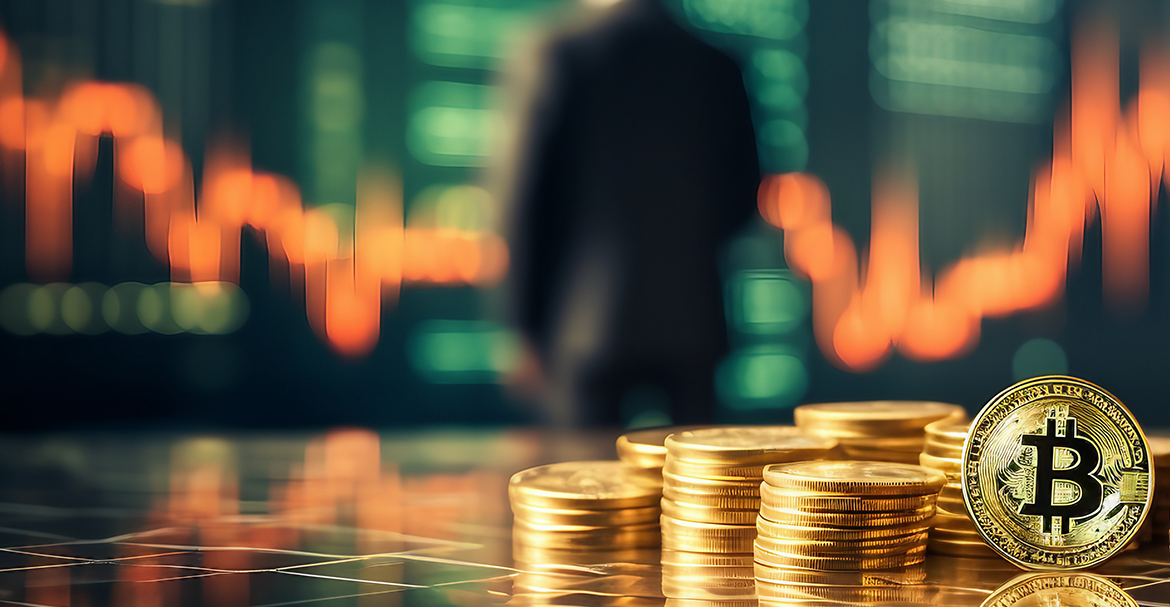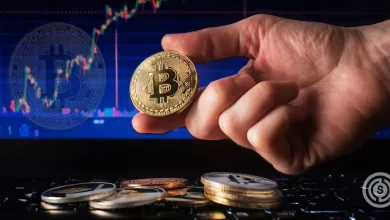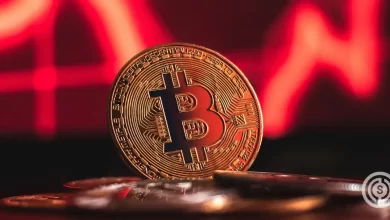Should you buy Bitcoin ahead of the halving?

The highly awaited Bitcoin (BTC) halving event is a few weeks away, where the prize for adding new blocks to the blockchain will be split in half from 6.25 BTC to 3.125 BTC for affiliated crypto miners. This action is performed by an algorithm every four years and cannot be changed by anyone, even its creator, Satoshi Nakamoto.
However, halving does not specifically raise the Bitcoin supply or affect investor returns. However, previous halvings in 2012, 2016, and this year have all come before huge increases in Bitcoin’s price that lasted over twelve to eighteen months. For instance, when Bitcoin was about $10k after the May 2020 halving, it ultimately surged to nearly $69K within eighteen months- almost a seven-fold increase.
Nevertheless, past performance does not guarantee future results. A dataset of only three preceding cycles of halving may be too small to make accurate predictions about price movements based on this pattern. At any rate, two weeks do not determine how a full baseball season goes; for example, three data points could hardly tell us about Bitcoin’s post-halving trajectory.
In this regard, the author has used basic economics concepts of supply and demand forces to assess possible implications. On the one hand, new bitcoins are scarce as there remain roughly 1.3M Bitcoins out of the total possible quantity of 21M coins that can ever exist, with the production rate being halved now. This limited means of production aligns with their narrative around “scarce” Bitcoin.
On the other side of things, new spot bitcoin ETFs have opened torrents of retail and institutional investment flooding into it with a, total of more than thirty billion dollars already invested in these ETFs, provi,ding significant new flows for capital. If these participants significantly ratchet up their virtual currency stakes, there could be increased demand.
The combination of supply and demand economics about Bitcoin’s price post-halving is justified based on the increasing scarcity of future supplies. This convergence provides an economic rationale for Bitcoin prices to increase after halving. In the event of a rally, this could result in a self-sustaining cycle where higher prices draw increased investment capital, thus generating more demand and prices over the course of up to 12 months or even longer.
While the historical data may be limited, basic economic forces around this halving event suggest that Bitcoin’s price could have significant upward potential over the next year if investor appetite remains strong. Therefore, before the forthcoming reduction in supply, the author suggests investors think about exposure to Bitcoin.



